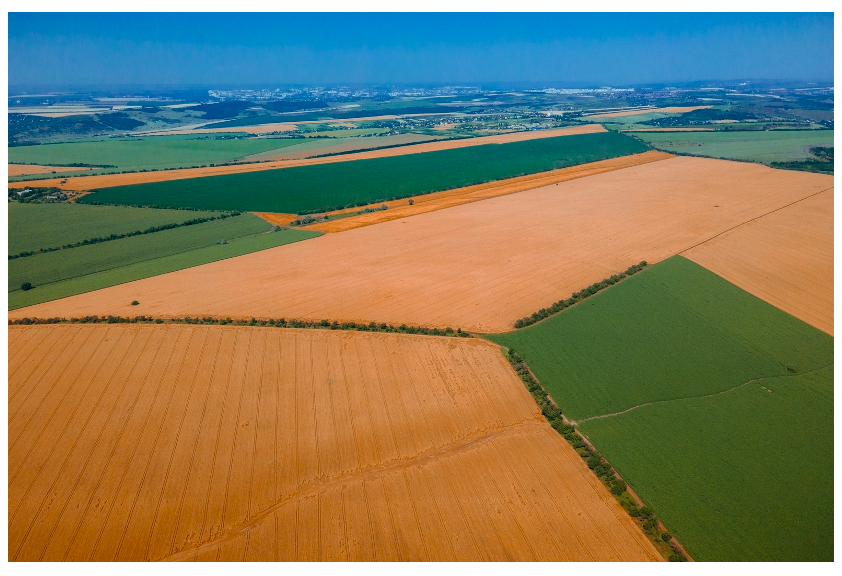Insight Focus
- The conflict between Russia and Ukraine, as well as La Niña, are both worrying for grains.
- The conflict could disrupt supply with Russia and Ukraine responsible for 30% of global wheat exports.
- Any disruptions to these flows will have a major impact on prices.
Nixal’s Forecast
Our price forecast for 2021/22 (Sep/Oct) Chicago corn now sits in a range of 5.3 to 5.8 USD/bu. The average price since the start of the new crop is running at 5.64 USD/bu.
Nixal’s Market Commentary
Corn rallied in both the US and EU last week, while wheat made only modest gains. The conflict between Russia and Ukraine, coupled with the impact of La Niña, should continue to be the main price drivers.
The bulk of the Chicago corn’s rally occurred on Friday following downward revisions to South American soybean and corn production.
The weather in South America remains a worry with the Brazilian state of Paraná now seeking government aid as farmers suffer crop losses.

Brazil’s first corn harvest is 7.7% of the way complete, but the bulk of its production comes from the second crop, 5% of which has been now planted.
The problem is, though, that yields for the harvested part are lower than expected and production has been downgraded. The USDA lowered its Argentinian corn production estimate by 3m tonnes due to dry weather, so it now sits at 51m tonnes. ABIOVE, in Brazil, lowered its soybean production estimate for a second time in a row by 4.2m tonnes, so it now sits at 135.8m tonnes.
La Niña has limited South America’s rainfall, with January close to 35% below the long-term average. This is the eighth month in a row where rainfall has been below average.
All eyes are now on Brazil’s second corn crop, which delivers the bulk of the country’s corn production.

Wheat started the week strong before finishing poorly in the US and Europe. The week commenced with the US advising its citizens to exit Ukraine, sparking wheat’s rally.
The conflict adds some risk premium to the market as the US and EU are defining potential sanctions on Russia. However, the reality is that sanctions aren’t easy to implement as Europe imports 47% of its natural gas from Russia, and 25% of its crude oil. Any sanctions impacting these two commodities will have major implications on Europe.
In any case, the global wheat balance is tight with some 8m tonnes of stock draw. Russian exports are currently down 21% year-on-year and should remain well below last year’s level.
Looking forward, we have good rains forecasted for South America this week, which should help the newly planted corn. They may also delay the soybean harvest as well, though, which is needed for the corn planting.
We could see some profit taking due to rains in South America, but unless tensions between Russia and Ukraine ease, the market should remain volatile but supported.
Other Insights That May Be of Interest…
The Russia and Ukraine Conflict is Bad News for Grains













